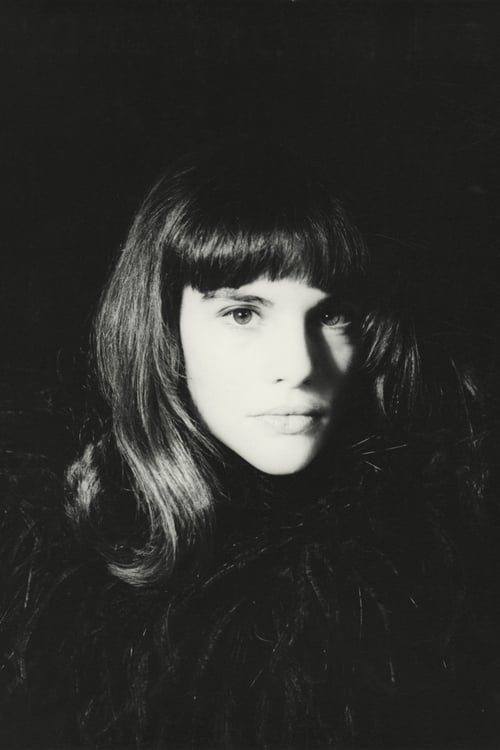Amy Taubin
출생 : 1939-09-10, New York, New York
약력
Amy Taubin (born September 10, 1939) is an American film critic. She is a contributing editor for two prominent film magazines, the British Sight & Sound and the American Film Comment. She has also written regularly for The Village Voice, The Millennium Film Journal, and Artforum, and used to be curator of video and film at the non-profit experimental performance space The Kitchen.
Description above from the Wikipedia article Amy Taubin, licensed under CC-BY-SA, full list of contributors on Wikipedia.
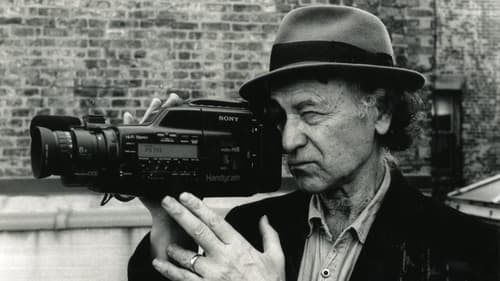
For over 70 years, Jonas Mekas, internationally known as the "godfather" of avant-garde cinema, documented his life in what came to be known as his diary films. From his arrival in New York City as a displaced person in 1949 to his death in 2019, he chronicled the trauma and loss of exile while pioneering institutions to support the growth of independent film in the United States. Fragments of Paradise is an intimate look at his life and work constructed from thousands of hours of his own video and film diaries-including never-before-seen tapes and unpublished audio recordings. It is a story about finding beauty amidst profound loss, and a man who tried to make sense of it all... with a camera.

Self
전설의 록 밴드, 그들의 이야기. 토드 헤인즈 감독이 연출을 맡아, 단독 공개 인터뷰와 아카이브 영상을 엮어낸다. 밴드의 눈부신 역사를 돌아보는 다큐멘터리

바바라 루빈은 60년대 미국 언더그라운드 문화의 중심에 선 인물이었다.
감독은 바바라 루빈의 다양한 활동과 생애를 살펴보며 그가 이룬 성취와 후대에 끼친 영향을 짚어본다.
밥 딜런, 앤디 워홀, 앨런 긴즈버그 등 바바라 루빈과 가까웠던 예술가들의 당시 모습도 확인할 수 있다.

Herself
A documentary about the production, release and reception of Kevin Smith's 1997 Miramax cult classic "Chasing Amy."

Self
A documentary on serial killer films.
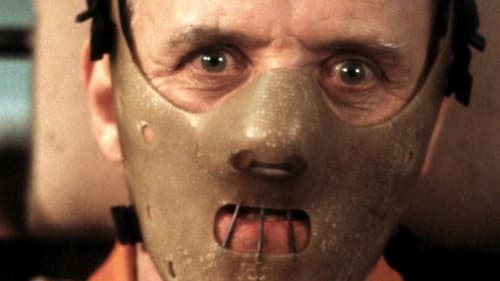
Self
A behind-the-scenes look at the making of this Oscar winning thriller, prepared for its tenth anniversary. Includes interviews with star Anthony Hopkins, as well as other members of the cast and crew, giving their views on the experience of creating this masterpiece of terror and suspense.

Self
Filmmaker Jonas Mekas films 160 underground film people over four decades.

An epic meditation on psychoanalysis, the Baader-Meinhof, feminism, and pre-revolutionary Russia.
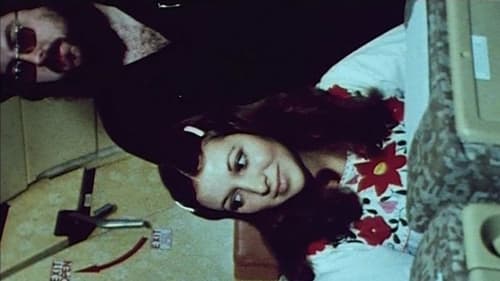
Described (rather cheekily) by director Michael Snow as a musical comedy, this deft probing of sound/image relationships is one of his wittiest, most entertaining and philosophically stimulating films. In his words, the film “derives its form and the nature of its possible effects from its being built from the inside, as it were, with the actual units of such a film, i.e. the frame and the recorded syllable. Thus its ‘dramatic’ element derives not only from a representation of what may involve us generally in life but from considerations of the nature of recorded speech in relation to moving light-images of people.’”
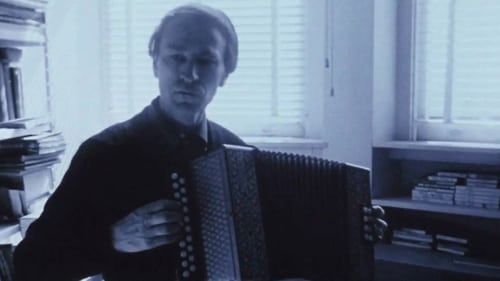
Self
“1950년부터 영상 일기를 찍었어요. 언제나 볼렉스 카메라를 들고 다니며, 내가 만나게 되는 상황이나 친구, 뉴욕의 모습, 계절의 변화 등 즉각적인 현실에 반응하고자 했죠. 어떤 날에는 열 프레임, 어떤 날에는 10초, 또 어떤 날에는 10분 정도 촬영을 했습니다. 물론, 아무것도 찍지 않은 날도 있었어요. 일기를 쓸 때는 ‘회상’이라는 절차가 수반되는데, 보통 책상에 앉아서 그날 하루를 되돌아보며 일기를 써 내려가기 때문이죠. 한편 영상(카메라) 일기의 경우, 어떤 순간에 대한 즉각적인 반응을 포착할 수 있습니다. 특정 대상을 카메라에 제대로 담던 담지 못하는 것과 관계없이, 순간의 반응 자체를 카메라가 기록합니다. 어떤 상황에 다시 돌아가 촬영을 재개한다면, 그것은 재연된 영상이 되어버리죠. 이는 사건이나 감정이 수반될 수밖에 없습니다. 일어나는 일을 있는 그대로 포착하려면, 내가 사용하고 있는 도구(여기에서의 도구는 볼렉스 카메라를 말한다)에 대한 온전한 이해가 필수적입니다. 내가 반응을 보이는 현실뿐만 아니라 내가 반응함과 동시에 내 감정의 상태(와 모든 기억)까지 포착할 수 있어야 하기 때문이죠. 다시 말해, 카메라를 들고 촬영이 이루어지는 바로 그 장소에서 영상의 구조화(편집) 작업까지 끝낼 수 있어야 합니다. 월든에서 여러분이 만나는 모든 영상은 카메라에 담겨있는 영상과 동일합니다. 1964년부터 1968년까지 촬영한 영상을 순차적으로 연결한 것입니다. 사운드트랙의 경우, 목소리, 지하철 소리, 길거리 소음 등 촬영 당시 수집한 사운드에 쇼팽의 음악-난 로맨틱한 사람입니다-과 때때로 의미 있고 또 때때로 의미 없는 사운드를 섞어 제작하였습니다.”

Laura
In New York City, a relationship is threatened when a young man discovers he's caught syphilis from a tryst with a waitress named Ellie (Lynne Lipton). This threatens his relationship with a new girl. Film critic Amy Taubin co-stars as the new girl who gets the bad news. The director is apparently the same man who edited Fritz Lang's The Testament of Dr. Mabuse.

Wavelength consists of almost no action, and what action does occur is largely elided. If the film could be said to have a conventional plot, this would presumably refer to the three “character” scenes. In the first scene two people enter a room, chat briefly, and listen to “Strawberry Fields Forever” on the radio. Later, a man (played by filmmaker Hollis Frampton) enters inexplicably and dies on the floor. And last, the female owner of the apartment is heard and seen on the phone, speaking, with strange calm, about the dead man in her apartment whom she has never seen before.
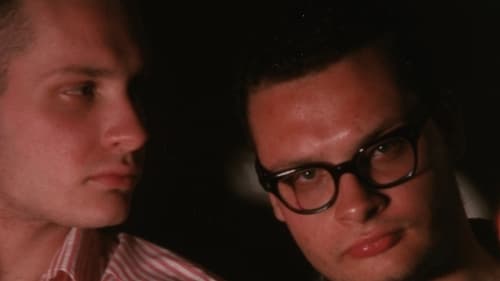
Herself
In March and April of 1966, Markopoulos created this filmic portrait of writers and artists from his New York circle, including Parker Tyler, W. H. Auden, Jasper Johns, Susan Sontag, Storm De Hirsch, Jonas Mekas, Allen Ginsberg, and George and Mike Kuchar, most observed in their homes or studios. Filmed in vibrant color, Galaxie pulses with life. It is a masterpiece of in-camera composition and editing, and stands as a vibrant response to Andy Warhol's contemporary Screen Tests.

Self
The films were made between 1964 and 1966 at Warhol's Factory studio in New York City. Subjects were captured in stark relief by a strong key light, and filmed by Warhol with his stationary 16mm Bolex camera on silent, black and white, 100-foot rolls of film at 24 frames per second. The resulting two-and-a-half-minute film reels were then screened in 'slow motion' at 16 frames per second.

Herself
The couch at Andy Warhol's Factory was as famous in its own right as any of his Superstars. In Couch, visitors to the Factory were invited to "perform" on camera, seated on the old couch. Their many acts-both lascivious and mundane-are documented in a film that has come to be regarded as one of the most notorious of Warhol's early works. Across the course of the film we encounter such figures as poets Allen Ginsberg and Gregory Corso, the writer Jack Kerouac, and perennial New York figure Taylor Mead.
